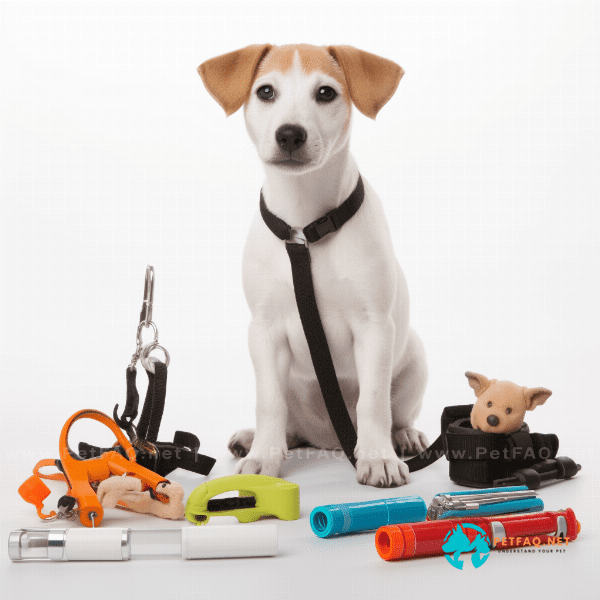Table of Contents
- Understanding the Basics of Potty Training Your Puppy
- Setting Up a Routine for Successful Potty Training
- The Do’s and Don’ts of Potty Training Your Puppy
- Positive Reinforcement Techniques for Encouraging Good Behavior
- Troubleshooting Common Problems in Potty Training
- How to Gradually Transition Your Puppy to Going Outside
- Maintaining Good Habits: Tips for Long-Term Success
- Managing Accidents and Cleaning Up Messes.
Understanding the Basics of Potty Training Your Puppy
Potty Training Your Puppy is an essential task that every dog owner must undertake. A well-trained dog makes for a happier and healthier pet, and a cleaner household. But before you can start potty training your puppy, it’s important to understand the basics of the process.
Firstly, it’s important to remember that puppies have small bladders and short attention spans. They will need to go potty frequently, usually every two to three hours, and will not be able to hold it for long periods. This means that you will need to be patient and consistent in your training efforts.
Secondly, it’s essential to establish a designated potty area for your puppy. This area should be easily accessible and well-defined. Using the same area consistently will help your puppy understand that this is where they are supposed to go potty.
Lastly, it’s important to reward your puppy for good behavior. Positive reinforcement is one of the most effective ways to train a puppy. Whenever your puppy goes potty in the designated area, be sure to give them plenty of praise and a treat. This will help them associate good behavior with positive rewards.
Understanding these basics of potty training your puppy will help you establish a strong foundation for your training efforts. With consistency, patience, and positive reinforcement, your puppy will soon learn to go potty in the designated area and become a well-trained, happy pet.

Setting Up a Routine for Successful Potty Training
Setting up a routine is a crucial component of successful potty training for your puppy. Establishing a consistent routine will help your puppy learn when it’s time to go potty and where they should do it.
One of the first steps in setting up a routine is to establish a regular feeding schedule for your puppy. This will help regulate their bowel movements, making it easier for you to predict when they will need to go potty. After your puppy eats, take them to the designated potty area and give them plenty of time to do their business.
It’s also important to establish a consistent schedule for taking your puppy outside. This will help your puppy understand when it’s time to go potty and where they should do it. Take your puppy outside first thing in the morning, after meals, and before bed, as well as several times throughout the day.
Consistency is key when it comes to setting up a routine for successful potty training. Be sure to stick to the same schedule every day, as this will help your puppy learn and remember when they should go potty. With time and consistency, your puppy will soon learn to go potty in the designated area and become a well-trained, happy pet.
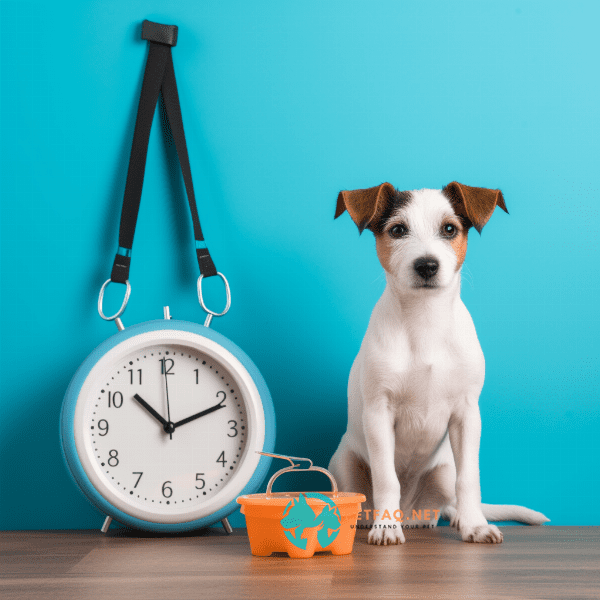
The Do’s and Don’ts of Potty Training Your Puppy
When it comes to potty training your puppy, there are several important “do’s and don’ts” to keep in mind. Here are some helpful tips to keep in mind:
Do:
* Be patient and consistent in your training efforts. Potty training takes time and effort, and every puppy learns at their own pace.
* Establish a designated potty area for your puppy and use it consistently.
* Use positive reinforcement, such as praise and treats, to encourage good behavior.
* Clean up accidents thoroughly and quickly to avoid reinforcing bad habits.
* Take your puppy outside frequently, especially after meals, naps, and playtime.
Don’t:
* Punish your puppy for accidents. This can be confusing and counterproductive.
* Use physical punishment or harsh language. This can harm your relationship with your puppy and make training more difficult.
* Ignore accidents or fail to clean them up properly. This can reinforce bad habits and make potty training more difficult.
* Leave your puppy unsupervised for long periods. This can lead to accidents and setbacks in training.
By following these do’s and don’ts, you can establish a strong foundation for successful potty training for your puppy. Remember to be patient, consistent, and positive in your training efforts, and your puppy will soon learn to go potty in the designated area and become a well-trained, happy pet.
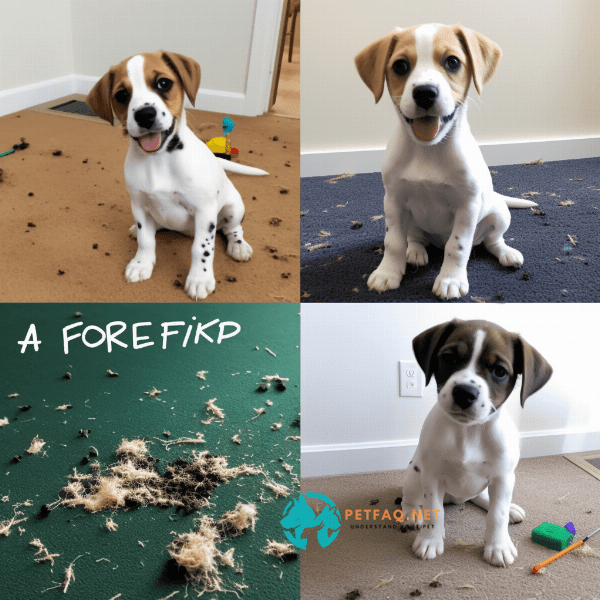
Positive Reinforcement Techniques for Encouraging Good Behavior
Positive reinforcement is one of the most effective techniques for encouraging good behavior in your puppy, including successful potty training. By using positive reinforcement, you can help your puppy learn the behaviors you want them to exhibit, while avoiding the use of negative reinforcement or punishment.
One of the best ways to use positive reinforcement in potty training is to offer plenty of praise and rewards when your puppy goes potty in the designated area. This can include verbal praise, petting, or a small treat. By associating potty behavior with positive rewards, your puppy will be more likely to repeat this behavior in the future.
Another effective technique is to use a consistent verbal cue, such as “go potty” or “do your business,” when you take your puppy to the designated potty area. This can help your puppy associate the cue with the desired behavior and make it easier for them to understand what you want them to do.
It’s also important to be patient and consistent in your training efforts, and to avoid punishing your puppy for accidents. Instead, focus on rewarding and reinforcing good behavior, and be sure to clean up accidents thoroughly and quickly.
By using positive reinforcement techniques, you can encourage good behavior in your puppy and make potty training a positive and successful experience for both you and your furry friend.
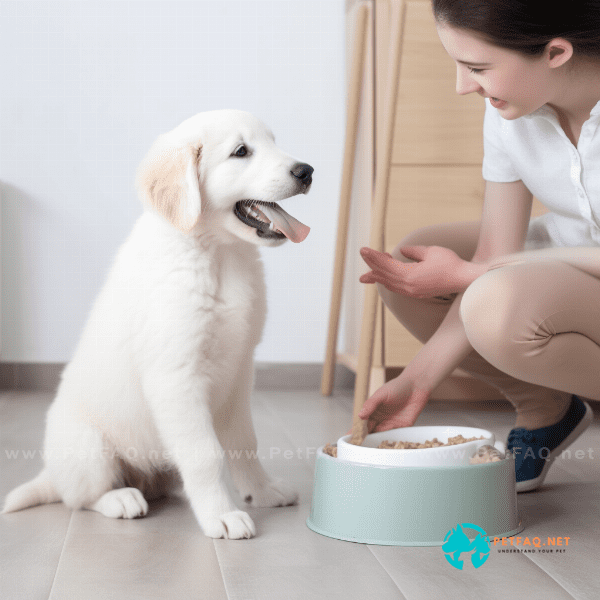
Troubleshooting Common Problems in Potty Training
While potty training your puppy, you may encounter some common problems, such as accidents in the house or difficulty getting your puppy to go potty outside. Here are some tips for troubleshooting these common issues:
1. Accidents in the house: If your puppy has an accident in the house, don’t punish them. Instead, clean up the mess thoroughly and take your puppy outside to the designated potty area. If your puppy continues to have accidents in the house, you may need to take them outside more frequently or consider crate training.
2. Difficulty getting your puppy to go potty outside: Some puppies may be hesitant to go potty outside, especially if they are nervous or distracted. To help encourage your puppy to go potty outside, try taking them out on a leash or to a quiet area away from distractions. You can also try using a verbal cue, such as “go potty,” to help your puppy understand what you want them to do.
3. Regression in potty training: If your puppy suddenly starts having accidents after a period of successful potty training, it could be a sign of regression. This may be due to changes in routine, stress, or a medical issue. Be patient and consistent in your training efforts, and consider consulting with your veterinarian if the problem persists.
By troubleshooting common problems in potty training, you can help your puppy become a well-trained and happy companion. Remember to be patient and consistent in your training efforts, and don’t hesitate to seek help if you need it.
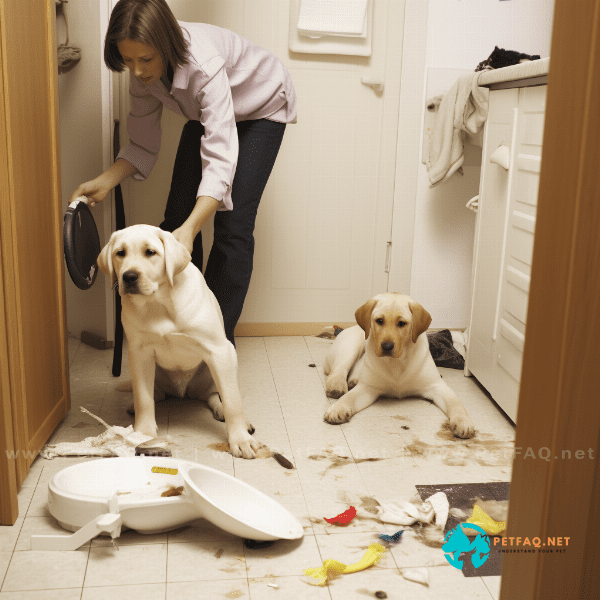
How to Gradually Transition Your Puppy to Going Outside
If your puppy is used to going potty inside or on a pee pad, it may take some time to transition them to going outside. Here are some tips for gradually making the transition:
1. Start by moving the pee pad or designated potty area closer to the door that leads outside. This will help your puppy associate going potty with being outside.
2. Once your puppy is comfortable using the pee pad or designated area near the door, start taking them outside to the designated potty area instead. Use a consistent verbal cue, such as “go potty,” to help your puppy understand what you want them to do.
3. Be patient and consistent in your training efforts. If your puppy has an accident inside, don’t punish them. Instead, clean up the mess and continue to take them outside frequently.
4. Gradually increase the amount of time your puppy spends outside, and be sure to take them out after meals, naps, and playtime. This will help reinforce good potty habits and help your puppy learn to associate going potty with being outside.
By gradually transitioning your puppy to going outside, you can help them become comfortable with the new routine and establish good potty habits. Remember to be patient, consistent, and positive in your training efforts, and your puppy will soon be happily going potty outside.
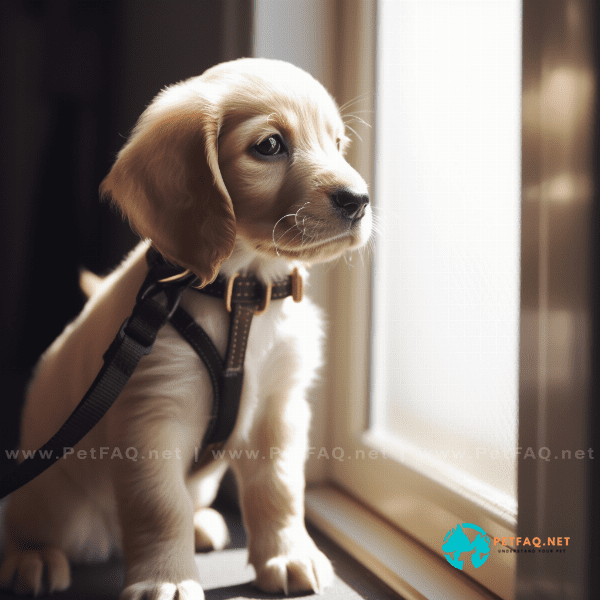
Maintaining Good Habits: Tips for Long-Term Success
Once you have successfully potty trained your puppy, it’s important to maintain good habits to ensure long-term success. Here are some tips for maintaining good potty habits:
1. Stick to a consistent routine. This includes taking your puppy outside at the same times every day, immediately after meals, naps, and playtime.
2. Keep an eye on your puppy’s behavior. If your puppy starts to show signs that they need to go potty, such as sniffing or circling, take them outside immediately.
3. Praise and reward your puppy for good behavior. Even after your puppy is fully potty trained, it’s important to continue reinforcing good behavior with verbal praise, petting, or a small treat.
4. Be patient and understanding. Accidents may happen, especially if your puppy is still young. Stay calm and patient, and continue to reinforce good habits.
5. Clean up accidents thoroughly and quickly. This will help prevent your puppy from returning to the same spot to go potty again.
By following these tips, you can help ensure long-term success with your puppy’s potty training. Remember to be patient, consistent, and positive, and you’ll have a happy and well-trained furry companion in no time.
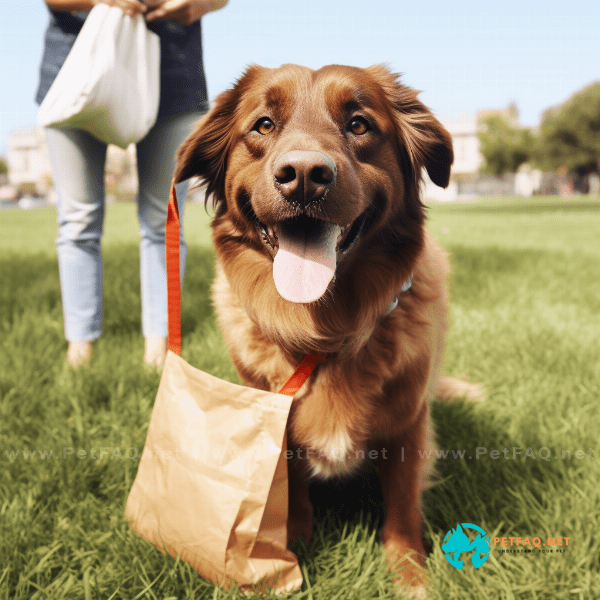
Managing Accidents and Cleaning Up Messes.
Accidents are bound to happen when potty training your puppy, so it’s important to know how to manage them and clean up messes properly. Here are some tips:
1. Stay calm. It’s important not to get angry or punish your puppy for having an accident. This can create fear and anxiety around going potty, which can make potty training more difficult.
2. Interrupt your puppy if you catch them in the act. Use a verbal cue like “no” or “uh-oh” and immediately take them outside to finish going potty in the designated area.
3. Clean up messes thoroughly and quickly. Use a pet-safe cleaner that’s designed to break down the enzymes in urine and feces. This will help eliminate the odor and prevent your puppy from returning to the same spot to go potty again.
4. Use positive reinforcement to encourage good behavior. When your puppy successfully goes potty outside, offer plenty of praise and rewards. This will help reinforce good behavior and encourage your puppy to continue going potty in the designated area.
By following these tips, you can effectively manage accidents and clean up messes during the potty training process. Remember to stay patient and consistent in your training efforts, and your puppy will soon be happily potty trained.
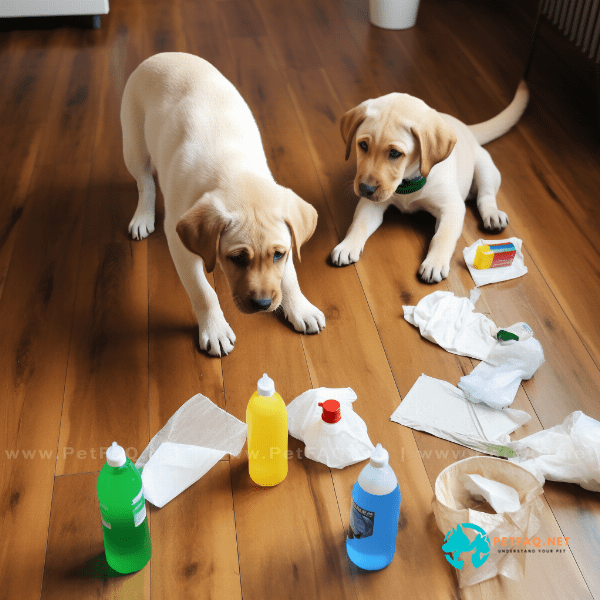
Frequently Asked Questions (FAQs) about Potty training puppy:
1. Comfortable being outside: Your puppy is comfortable and relaxed when outside and is not prone to excessive barking, whining, or trying to escape.2. Should I restrict my puppy's access to certain areas of the house during potty training?
3. What do I do if my puppy is resistant to potty training?
4. What do I do if my puppy keeps going potty in the same spot inside the house?
5. Observe good behavior: Your puppy demonstrates good behavior when outside, such as not digging holes or chewing on outdoor furniture.


